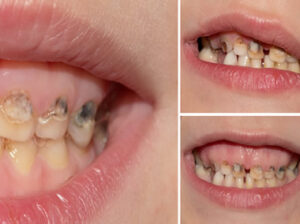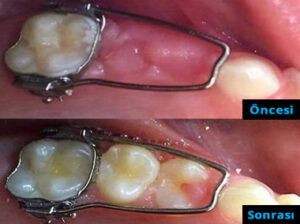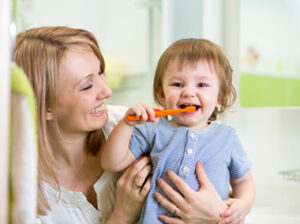What is Pedodontics?

 Milk teeth in children usually begin to emerge from the age of 6 months and are completed at the age of 3. When all are emerged, there will be a total of 20 milk teeth. From the age of 6, the milk teeth leave their place to the permanent teeth starting from the front teeth, and at the age of 12 and 13, permanent dentition ends. The department that aims to protect the milk and permanent teeth of children in a healthy way and to eliminate the problems caused by decays, trauma, hereditary and similar factors in these teeth during these periods is called pedodontics.
Milk teeth in children usually begin to emerge from the age of 6 months and are completed at the age of 3. When all are emerged, there will be a total of 20 milk teeth. From the age of 6, the milk teeth leave their place to the permanent teeth starting from the front teeth, and at the age of 12 and 13, permanent dentition ends. The department that aims to protect the milk and permanent teeth of children in a healthy way and to eliminate the problems caused by decays, trauma, hereditary and similar factors in these teeth during these periods is called pedodontics.
What is the Importance of Milk Teeth?
Nutritional problems are seen in the deficiency of milk teeth in children as in the deficiency of tooth in adults. Another task of teeth is their contribution to speech. The complete and healthy presence of milk teeth in the mouth is very important for the proper development of speech. In addition, milk teeth also act as a placeholder to protect the places of permanent teeth that will come after them. For this reason, early loss of milk teeth may cause problems that will require orthodontic treatment in the future.
What are Pedodontic Treatments?
All restorative (filling) and endodontic (root canal treatment, amputation) treatments can be applied in milk and young permanent teeth. Milk teeth should be kept in the mouth as much as possible.
Milk teeth that are not in a condition to be treated must be extracted. In this case, a space maintainer should be placed in the extraction cavity to save the space of the permanent tooth to come from below.
Protective and preventive applications against tooth decay are as important as the treatment of decays. These are fluoride varnish, fluoride gel and fissure sealant applications.
What Are the Situations That Parents Should Pay Attention To?
- Babies should never be put to sleep by breastfeeding or with a bottle filled with sugared milk or honey milk mixture.
- When the baby’s teeth begin to emerge, the teeth should be cleaned with a clean damp cloth after breastfeeding or bottle feeding.
- Children should be helped to brush their teeth, and spots where they cannot reach or skip should be thoroughly brushed.
- Children should be prevented from consuming too much sugary food and drink.
- Children imitate their parents in every respect. In order to give them a good brushing habit, families must first fully realize this habit.
The dentist must be in good communication with the child in order to have an effective treatment process. In order to ensure this communication, the child must trust the dentist and get used to the environment. For this, even if there is no problem with the teeth, visiting the dentist every 3-4 months strengthens the communication to be established between the child and the dentist, provides early diagnosis and interventions, painless and short-term treatments, and allows the child to leave the clinic in a pleased way.


